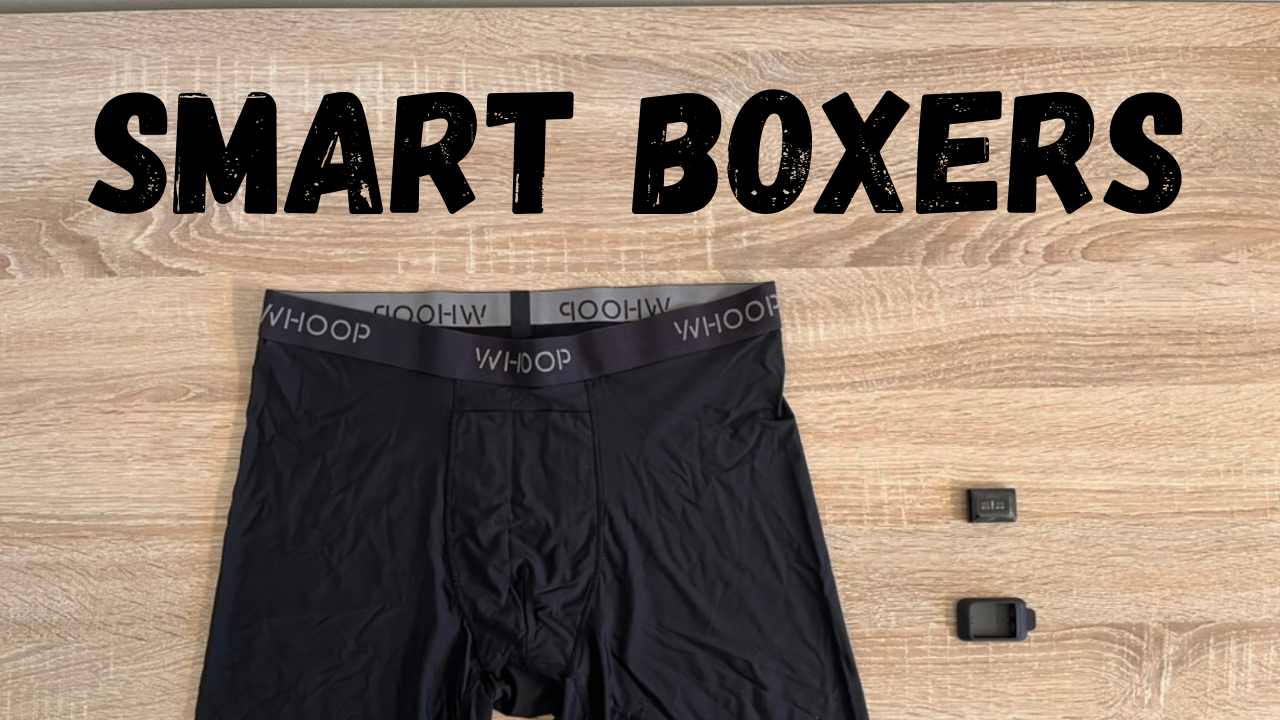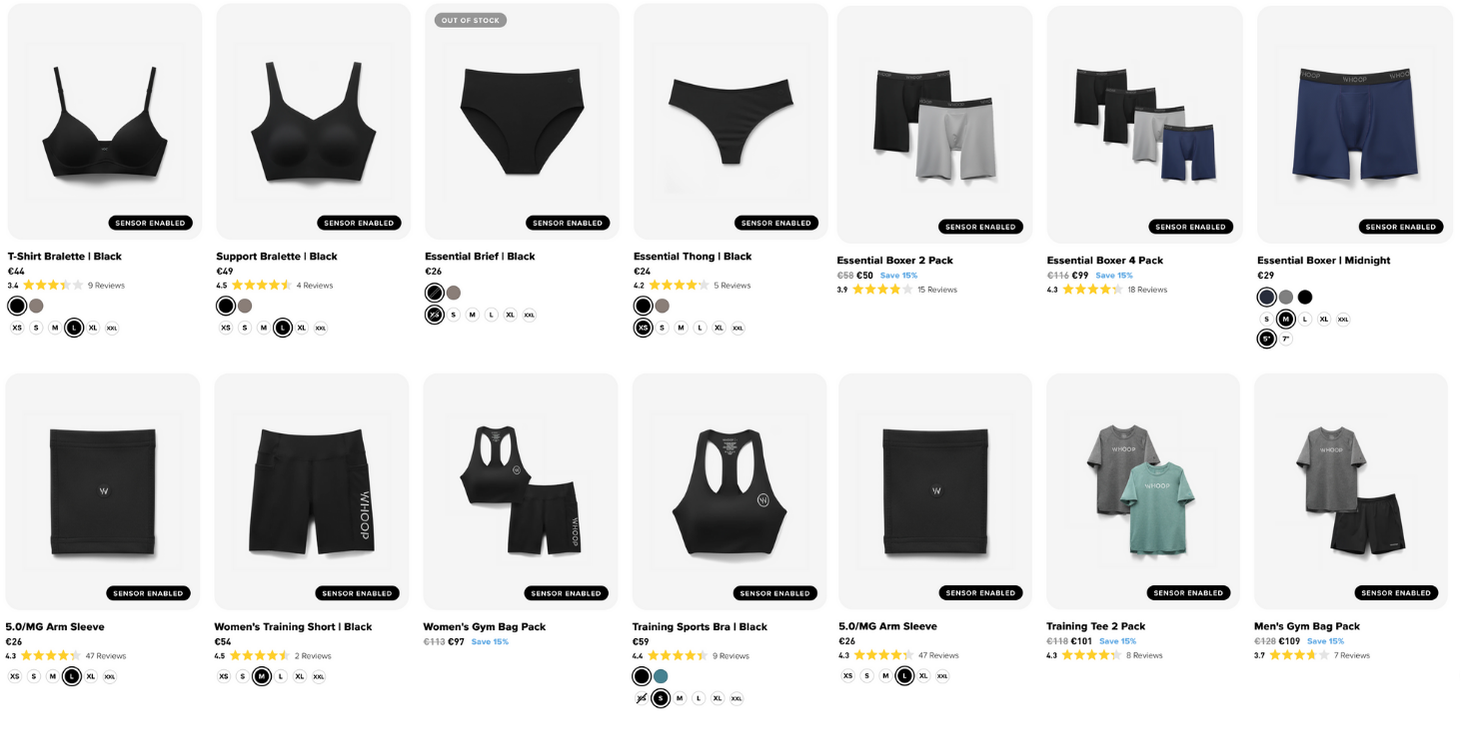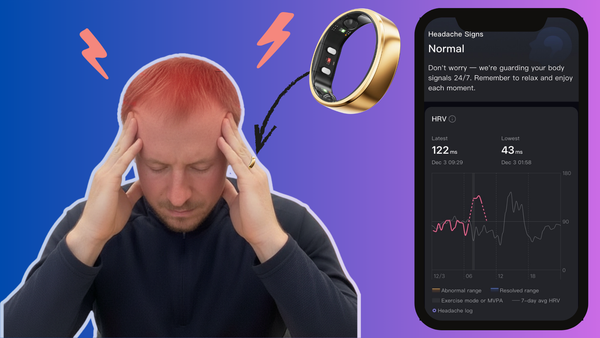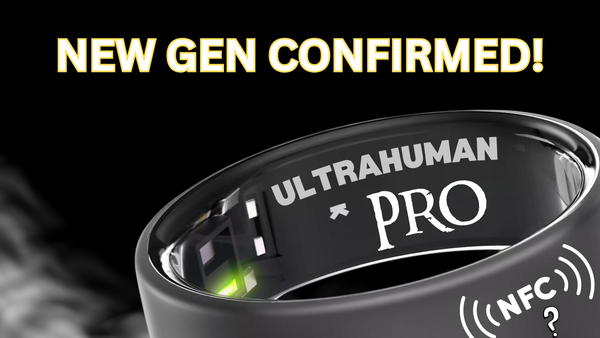Smart boxers: what do they measure, how do they work, and what are they for? Test!
Who wouldn’t want smart boxers that wash themselves when needed, cool you down in summer, and keep you warm in winter? Well, that’s not what we’re talking about today. Whoops.

I’ll be honest — it hurt a bit to pay for the two-year subscription to the screenless smart band Whoop 4.0. And it stung even more when I added the bicep strap.

Whoop then started tempting me with all sorts of accessories — clothing, sleeves, colorful bands, and so on. The selection is broad… and pricey.
A few months ago, when I complained about the unfair upgrade fee for the new Whoop MG (more on that here), they gave me a €50 shut-up credit. I didn’t hesitate and used it to grab two pairs of boxers so I could test out the “Whoop Body” concept.
🩳 What is Whoop Body?
Whoop Body — also known as "ANY-WEAR" — is a fairly unique concept that lets you wear the Whoop “band” discreetly, integrated into your clothing.

Of course, you’ll pay a premium for this kind of accessory — and be warned: generations 4.0 and 5.0 (aka MG) are not cross-compatible.
🤔 What’s the point?
There are situations where you want to track yourself with Whoop, but wearing it on your wrist or bicep isn’t ideal or even safe. Personally, I don’t like wearing devices on my wrist during football matches. I can imagine that in combat sports, a wristband might also get in the way.
Some people may find it uncomfortable to wear during sleep, while others might want a more discreet option — for example, at work. And so on. Maybe.
🔬 How does it work?
I’m describing the version for 5.0 and MG. With the boxers — or any other compatible Whoop clothing — you also get a so-called Removable Any-Wear Pod.

It’s essentially a small pocket where you insert the Whoop module, and then attach it to the clothing in the right spot using Velcro.

In the case of my boxers, that spot is somewhere on the upper backside.
🔦 How well does it work?
If you’ve ever used any kind of optical sensor — like a smartwatch, fitness band, or smart ring — you probably know that the biggest enemy of accurate PPG measurement is movement. Specifically, movement of the sensor against the skin. That results in noise in the data, and that means inaccurate readings.
Watches and bands have a simple solution: you just tighten them during workouts. But what about boxers?
So I put on the boxers, strapped on a reference chest monitor — and gave it a try. Let’s start easy: with cycling.
🚴♂️ Cycling test
My saddle is well-tuned — that’s key for a comfortable ride without twisting your backside. And in our case, it also helps minimize how much the sensor moves around back there.
External link – here.
⚽ Football test
So what about that football I mentioned — and the measurement quality? During a football match, there’s way more body movement than in cycling: more jumping, more impact, more physical contact, etc.
That’s simply a much tougher challenge for any optical sensor — especially one that isn’t tightly fixed to the body. And you can clearly see it in the comparison:




